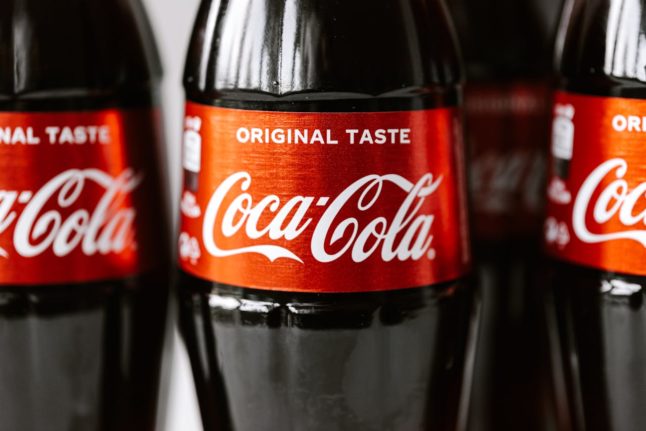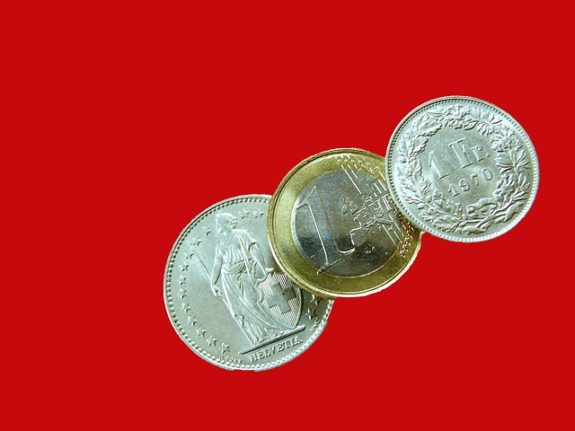The simple answer to this question is ‘shrinkflation’, which happens when consumers receive less product for the same price.
These products have ‘shrunk’ either in terms of weight or volume, but the price remains the same.
To be fair, this phenomenon is prevalent in many countries, and not just in Switzerland.
Now a new analysis carried out by a Foundation for Consumer Protection (SKS) jointly with public broadcaster SRF, shows how large Swiss distributors like Migros and Coop play their part in this practice.
Many price increases are so subtle that shoppers may not even notice them, according to SKS head Sara Stalder.
“Retailers like to publicise price reductions, but increases are very well concealed,” she said.
“In the criminal sense it is not fraud, but it is certainly deceit.”
Size matters
So which products have been hit by shrinkflation? These are just some of the study’s findings:
Kiri cream cheese
A pack has lost weight: from 160 to 144 grammes, to be exact, while its price hasn’t budged, which means an 11-percent price increase.
Margarine
The study focused on the Becel brand, the tub of which is now 25 percent smaller.
However, it costs the same as before — which also translates into an 11-percent price hike.
Frozen fish
Although it still costs the same, a pack of Bordelaise-style fish filet from Findus sold at Manor supermarkets now weighs 400 grammes — 20 grammes less than previously.
Tampax tampons
Instead of 22 tampons per pack, there are now only 20 for the same price, which means consumers now have to pay 10 percent more for this product.
But the shrinkflation phenomenon doesn’t only reduce the size of the product sold in supermarkets; it also means manufacturers resort to using cheaper raw materials to cut costs.
One such example are Milka biscuits, which were previously made with sunflower oil, but now the less expensive palm oil is used in the production process.
This kind of ingredient switch “is common,” Stalder said.
Can consumers do anything to counter shrinkflation?
There is at least one instance where consumers were able to force the manufacturer to backtrack.
A few years ago, Coca-Cola bottles were downsized, from 500 to 450 millilitres, while the price stayed the same.
Faced with a massive criticism, the company backed down and re-introduced the ‘old’ bottles.
And retailers can have a say too.
For example, Migros and Coop which, like Manor, also sell Bordelaise fish, adjusted its price downwards when the weight dropped.
“This shows that lower prices are possible,” Stalder said. “Big retailers are more powerful than they pretend. They can negotiate better prices.”
READ ALSO: What will be cheaper and more expensive in Switzerland in 2024?



 Please whitelist us to continue reading.
Please whitelist us to continue reading.
Member comments